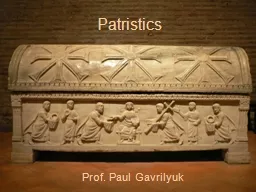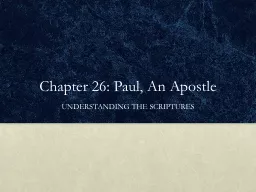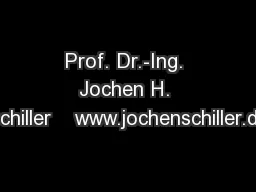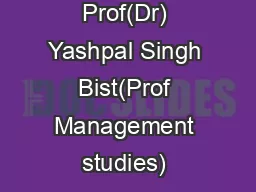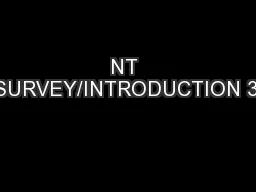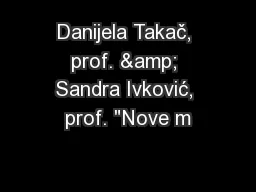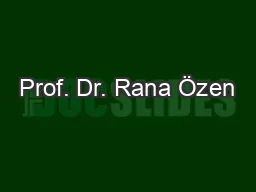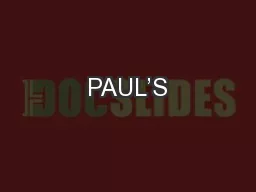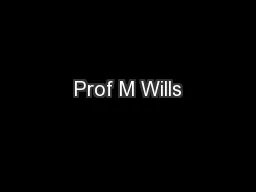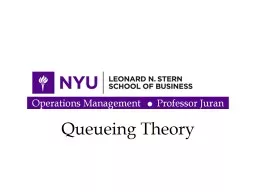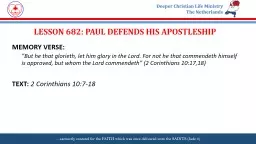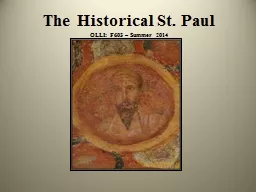PPT-Patristics Prof. Paul Gavrilyuk Introduction A course overview.
Author : debby-jeon | Published Date : 2019-11-04
Patristics Prof Paul Gavrilyuk Introduction A course overview Course requirements Methodological reflections Christ Enthroned San Vitale Ravenna c 547 AD Major Questions
Presentation Embed Code
Download Presentation
Download Presentation The PPT/PDF document "Patristics Prof. Paul Gavrilyuk Introduc..." is the property of its rightful owner. Permission is granted to download and print the materials on this website for personal, non-commercial use only, and to display it on your personal computer provided you do not modify the materials and that you retain all copyright notices contained in the materials. By downloading content from our website, you accept the terms of this agreement.
Patristics Prof. Paul Gavrilyuk Introduction A course overview.: Transcript
Download Rules Of Document
"Patristics Prof. Paul Gavrilyuk Introduction A course overview."The content belongs to its owner. You may download and print it for personal use, without modification, and keep all copyright notices. By downloading, you agree to these terms.
Related Documents

